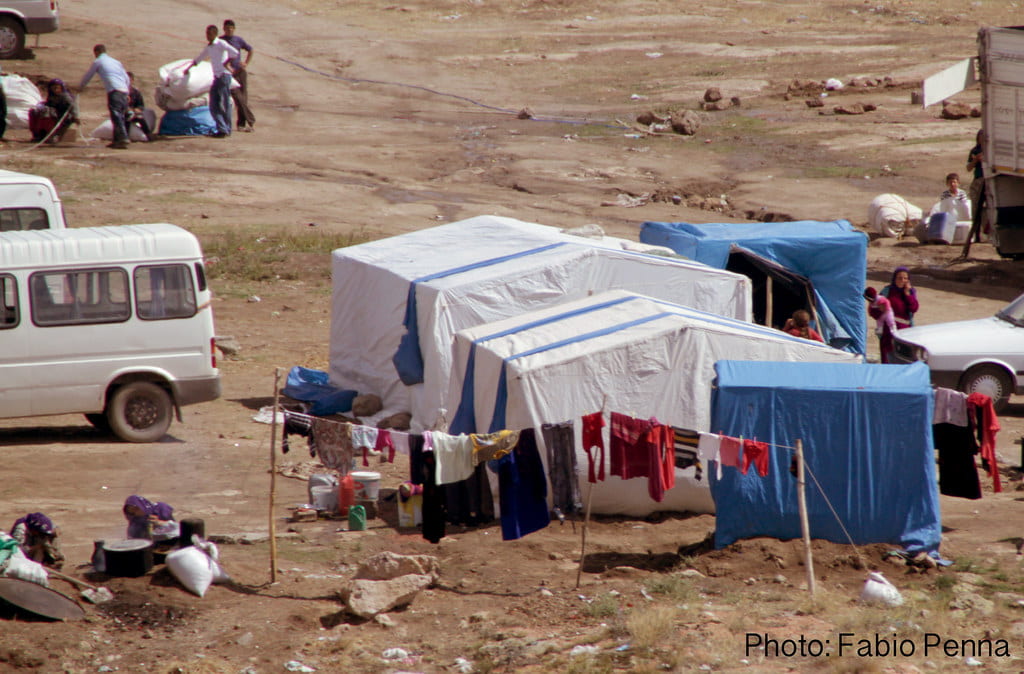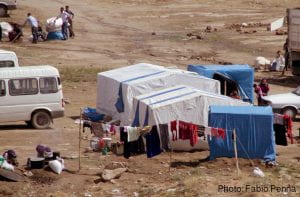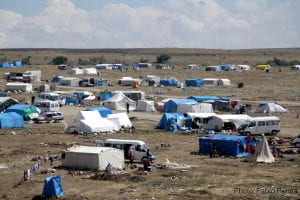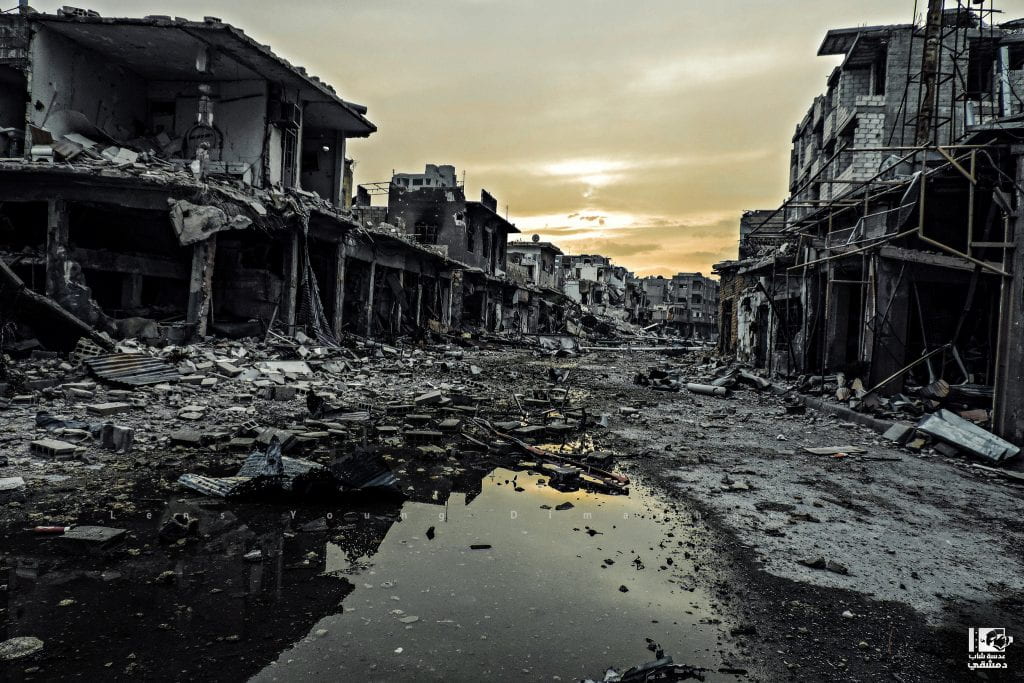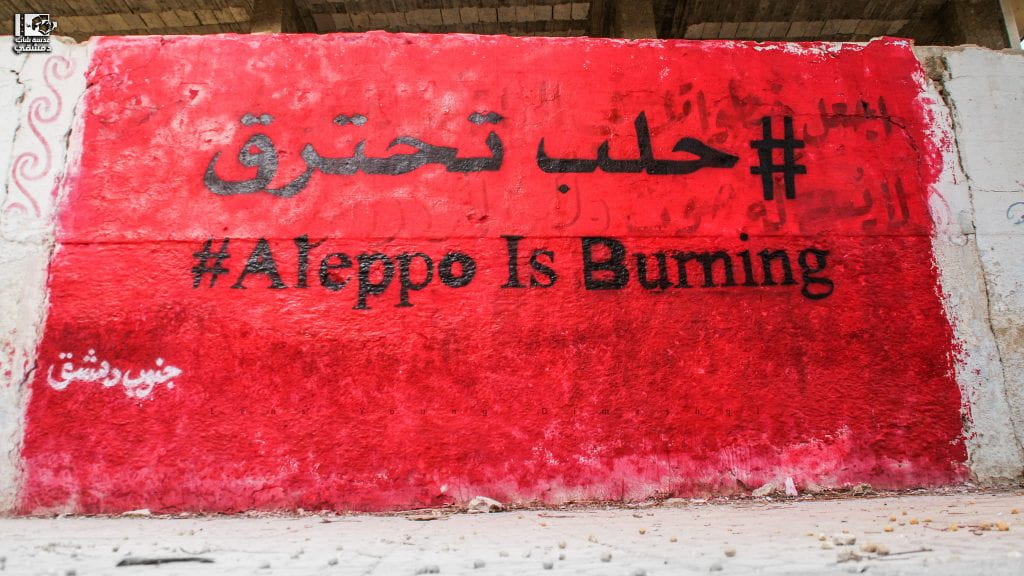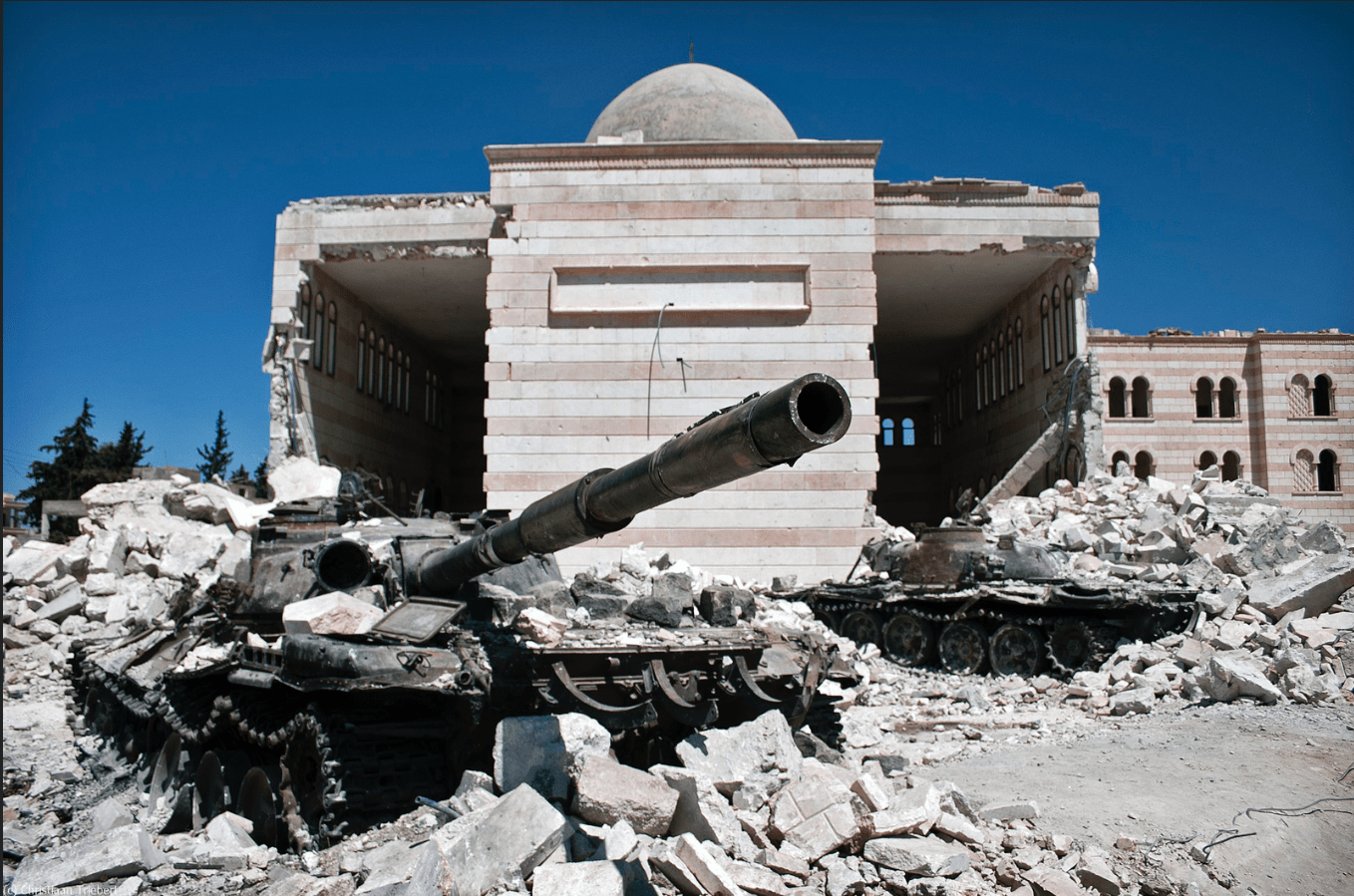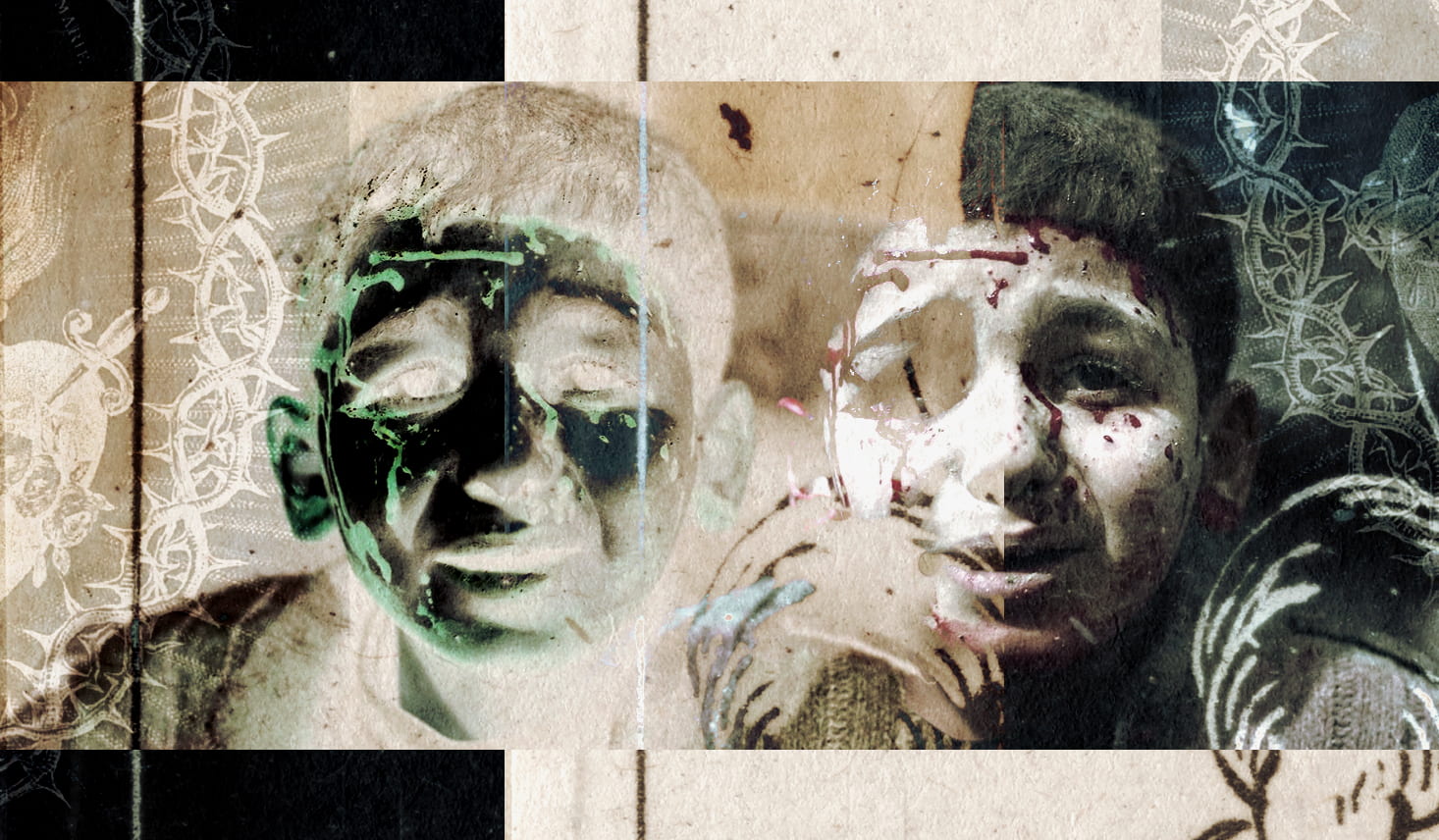Exposure to warfare at a young age has been associated with distress that does not easily wither away. This correlation can be seen in the reality of many children as young as 12 years old in the autonomous northeastern region of Syria. The region is governed by the Kurdish Autonomous Administration of North and East Syria (AANES) and led by its active military wing, the Syrian Democratic Forces (SDF). Under the SDF control are various organizations such as the unarmed Kurdish youth group, Revolutionary Youth Movement, or, as referred to by the locals, Tevgera Ciwanên Şoreşger. Since late 2020, the members have stopped hosting intellectual and networking events and rather directed focus onto military enlistment. Consequently, for years, the group has become a prominent player in the sudden recruitment of child soldiers in Syria whilst holding the claim that the voluntary consent of each child is collected prior to placement in their educational training programs. However, several international organizations have reported the Revolutionary Youth Movement for unsolicited recruitment of children from Syrian regions within and outside of the AANES control with fraud claims of offering educational courses, in addition to coercion.

Speculated Training Procedures
Initial recruitment by the Revolutionary Youth Movement has been speculated to have a direct method with young teenage members approaching children in public settings, building trust, and inviting them for educational lectures with the intention of luring them into joining military positions. A Syrian human rights researcher, in an interview conducted by Human Rights Watch, shared that following recruitment, children are put through dogmatic training and then transferred for integration into a selected armed group. The researcher expands to note that some children receive supplementary training on utilizing force and violence from the Kurdistan Workers’ Party (PKK), an armed group based in Turkey and Iraq, in the Qandil Mountains. When the Human Rights Watch team directly asked the PPK regarding the matter, they denied the observed reports of child recruitment, denied having any relations with the Syrian youth movements, and emphasized their objective to comply with the regulations of the Geneva Convention, integral international treaties that maintain the moral boundaries of warfare. In contrast, the statement of the researcher has been supported by references made in a Danish federal agency report, the Centre for Documentation and Counter Extremism, of sighted training camps for indoctrinated children in the Qandil or Sinjar Mountains of Iraq. Another supporting document identified is the U.S. State Department Trafficking in Persons report, which notes observations of the Revolutionary Youth Movement coercing children to undergo military training in the Qandil mountains. Both reports are from 2024.

Direct Accounts
Several sources have collected direct stories from families who have had their children taken away. In interviews conducted by Human Rights Watch, almost all families note that their children left home one day and have not been seen since. Following the initial disappearance, many searched and raised questions until eventually told through acquaintances or direct but anonymous calls with Revolutionary Youth Movement members about their child’s recruitment. Some families remark their children being used as support against Turkish intrusions in the AANES-controlled region, but not all know where their children are.
The father of a missing 14-year-old daughter received a call offering him to see his daughter if he made a recording affirming his daughter’s recruitment was voluntary. The man denied the offer, and with over a year having passed, he has yet to see his child. It is worth noting that the father recalled his daughter communicating with a member of the group over Facebook Messenger prior to her disappearance.
In another instance, a daughter was returned to her mother in Qamishli after her recruitment. However, soon after, the child received a phone call, which seemed to frighten her and led to her leaving again. The daughter did not share any details of her time with the group and has yet to return.
Even after filing reports to the SDF and the Children Protection Office, families have been unsuccessful at bringing their children back home. As a result, devastated families experiencing the forced loss of their children, accompanied by distraught emotions and the realization that there is little that can be done, continue to occur in Syria. This struggle is further strengthened by the lack of communication and lack of certainty in knowing whether your child is safe, sleeping well, eating well, or even alive.
Physical and Psychological Impacts on Children
As this article began, the impacts of warfare exposure can be significantly detrimental in childhood. Testimonies of released children, by the Syria Justice and Accountability Center, discuss experiences of being imprisoned and beaten by trainers for disciplinary purposes. Such physical acts can lead to fright and fear being reinforced in the children again and again. Beyond physical harm, the psychological trauma of being a child soldier on one’s mental health is just as prevalent. Children being actively removed from their homes, schools, and societies with the loss of all contact results in the collapse of their social support systems and a reduced ability for social integration. Furthermore, young children must bear witness to violence and become vulnerable to the lasting effects of elevated distress and dysfunction in place of a time intended for their cognitive, behavioral, and social development.
Legal Violations
Another facet of the matter is through the legal lens that regulates and raises questions of ethics. To begin with, the International Humanitarian Law, a globally applicable set of expectations, protects child well-being by preventing the recruitment or use of children as soldiers under the age of 15 in conflicts. Such young recruitment for armed support is further prohibited by the Rome Statute and is punishable by the International Criminal Court as a war crime. Syria does not fall under obligations to follow the Rome Statute, but if the UN Security Council were to report its concern to the ICC Office of the Prosecutor, this requirement would be considered a violation.

Bringing a domestic focus on the country and region, in 2019, SDF signed an Action Plan with the UN requiring them to not only end all acts and support of military recruitment of children but also create protective and disciplinary measures in place to disincentivize such acts. However, in contrast to anticipated compliance, verified cases of child recruitment in NE Syria have remained steady, with a peak of 637 cases in 2022, and are yet to wither. Another legal defiance is of the Democratic Autonomous Administration of North and East Syrian Region (DAANES’) Social Contract, the 2023 version of the original “Charter of the Social Contract of Rojava,” which was created after the rejection of centralized governance that autonomized the northern Syrian region. Among the new 134 articles, the English translation of Article 55 states, “Children’s rights are protected, and the use of violence against them, their employment, exploitation, and recruitment are prohibited. This is regulated by law”.
With such legal expectations and obligations, SDF has emphasized a commitment to putting efforts towards ending all child recruitment in the region. However, the contrary continuation of recruitment activities may be due to the groups being directly intertwined with the political and military hierarchies of the AANES and SDF control. This is supported by the fact that the primary transfer of the children to armed groups is to the People’s Protection Unit (YPG) and its associated branch for women, the Women’s Protection Units (YPJ), both of which are branches housed under the SDF.

Action Steps
It is important to realize that the situation in Syria is not a matter of concern for just the region but rather a matter requiring fulfillment of global duties and human rights. The acts of the SDF risk the physical well-being of children today as well as the social, financial, and psychological well-being of their futures.
Therefore, with legal and moral obligations present, it crucially falls onto international bodies and organizations to become actively involved in the protection of the Syrian children who are having childhoods and playtimes be replaced with training camps and military weapons. Such actions can be reported to the ICC Office of the Prosecutor, decisions taken against violations of SDF obligations to existing policies, or changes in regulatory practices.
From a public perspective, advocacy for active progression towards solutions, support for organizations already involved in fighting child recruitment, and the spread of awareness of the devastating reality of Syrian families are all factors that have the power to play critical roles in protecting the children of Syria.





